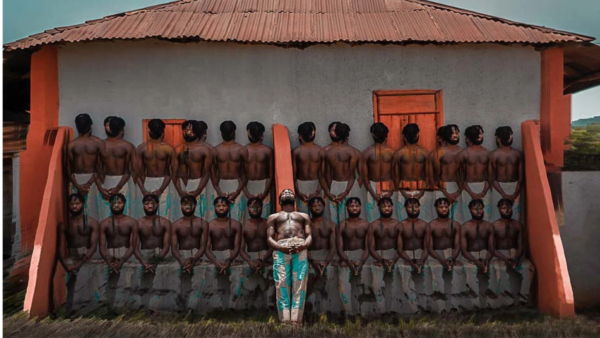

Marlou Breuls and Octave Rimbert-Rivière selected for Residency Arita 2025
For the Open Call Residency Arita 2025, the Creative Industries Fund NL in collaboration with the Mondriaan Fund received 43 applications, 25 of which were submitted through the Fund. From the submitted proposals, Marlou Breuls and Octave Rimbert-Rivière have been selected for a working period in the ceramics region of Arita in Japan.
25 November 2024
Each year, the residency in Arita offers one designer and one artist the opportunity to research and experiment with porcelain for three months, in collaboration with local producers. Arita, located in Saga Prefecture, is known for its centuries-old porcelain traditions. The region provides a rich context for developing new techniques, acquiring knowledge, and international exchange. The working periods in summer and autumn 2025 focus on artistic and technical research and strengthening the collaboration between Dutch makers and the ceramic community in Japan.
general impression
The committee consisted of Tessa Geuze and Iris Ruisch from the Fund, and Maria Roosen and Martin Brandsma from the Mondriaan Fund. They positively assessed applications that aligned well with Arita’s local context and showed a balance between experimentation and feasibility within the short working period. The committee also appreciated the interdisciplinarity of projects, and how they contribute to collaboration and knowledge-sharing with the local community.
The two chosen projects offer a fresh look at the potential of porcelain while fitting in well with the traditions and dynamics of the Arita region. Breuls and Rimbert-Rivière combine traditional techniques with innovative and contemporary approaches, contributing in this way to international collaboration and knowledge exchange.

selection
Marlou Breuls – Porcelain as a living materialIn her project, Marlou Breuls combines centuries-old porcelain traditions, such as Imari and Kintsugi, with modern techniques. She focuses on porcelain as a dynamic, human material and aims to create innovative everyday objects by translating traditional craft methods into contemporary applications. The residency offers her the chance to further deepen her skills in making moulds and using colour. Breuls, who previously worked with ceramics at the European Ceramic Work Centre (EKWC), aims to realise a unique cross-pollination between tradition and innovation in Arita.
Octave Rimbert-Rivière – Kaiseki and digital deformation
Octave Rimbert-Rivière combines traditional Kaiseki tableware forms with digital distortion techniques in his project. Using sophisticated software, he designs complex porcelain objects that are translated into physical forms in Arita. His goal is to develop an experimental tableware set in which the individual pieces not only present specific dishes, but come together as a dynamic, sculptural installation. This project forms a bridge between Japanese craftsmanship and innovative, digital design techniques.
assessment
The submitted proposals were assessed by the committee on the basis of three main criteria:
- The artistic quality of the work
- The quality of the development plan
- The justification in relation to the purpose of the residency and the intended international exchange.
numbers
A budget of € 23,774 was available for this open call, divided between two residencies. Marlou Breuls and Octave Rimbert-Rivière each receive € 11,887 to contribute to travel, material and accommodation costs and to support their working period in Japan.
Header image: Octave Rimbert-Riviere – Kaiseki and digital deformation







